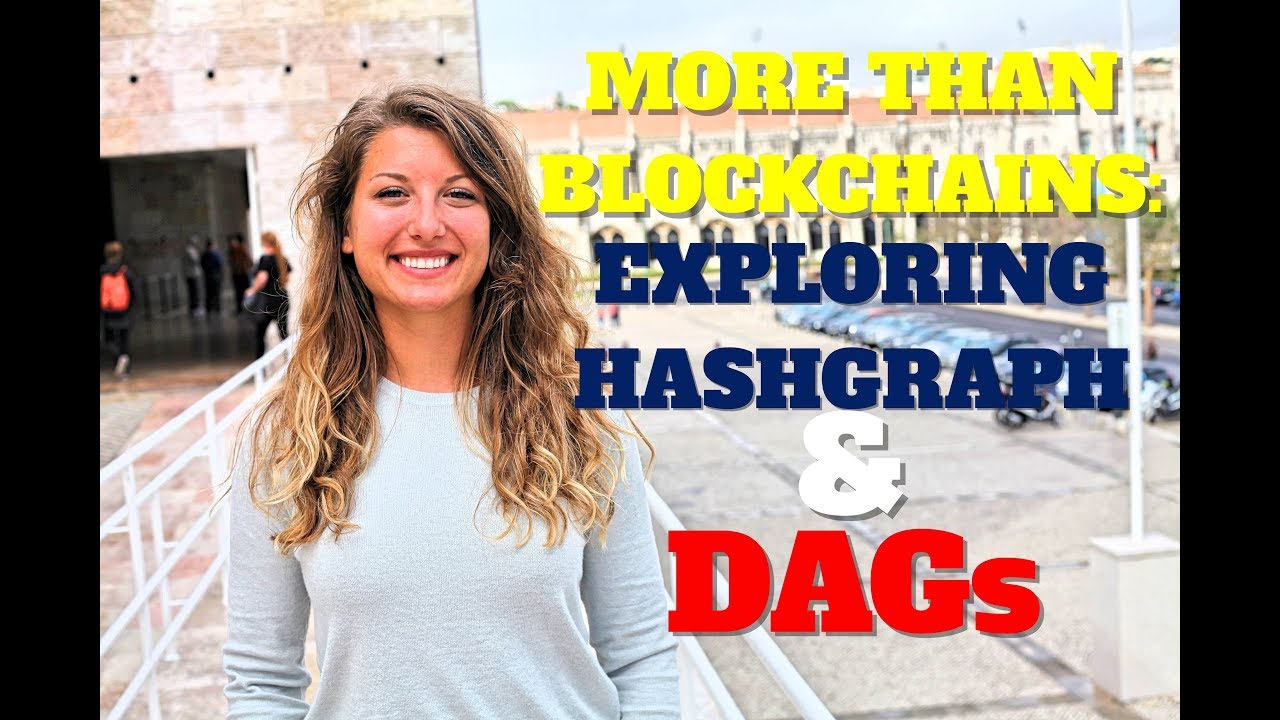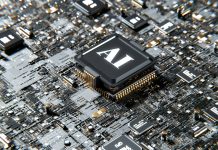Thinking about purchasing a Ledger Nano Hardware Wallet? Browse their official website: https://www.ledgerwallet.com/r/67ef
Want to join coinbase to begin your crypto journey? Here’s a link to get free $10: https://www.coinbase.com/join/558828dc34383271a500003b
Step up your game and Check Out Binance too: https://www.binance.com/?ref=10080191
Join the Robinhood app and invite your friends to Robinhood and win free stock. Here’s my invite: http://share.robinhood.com/heidic1
Find me on Steemit: www.steemit.com/@heiditravels
Twitter: @blockchainchick
Instagram: @hheidiann
If you’re looking for an app that tracks the price of BTC & ETH and many other coins, check out the CoinView App: https://play.google.com/store/apps/details?id=br.com.freeflowt.coinview
LINKS FOR ADDITIONAL READING FOR THIS VIDEO & ALL INFO IN TEXT DOWN BELOW
Swirlds Website: http://www.swirlds.com/
Swirlds Whitepaper: http://www.swirlds.com/whitepapers/
Squawker Article on Hashgraph: https://squawker.org/technology/blockchain-just-became-obsolete-the-future-is-hashgraph/
Dags Defined: https://en.wikipedia.org/wiki/Directed_acyclic_graph
Blockchain-free cryptocurrencies: http://cryptowiki.net/index.php?title=Blockchain-free_cryptocurrencies
Medium Article on Scalable Cryptocurrencies: https://medium.com/holochain/beyond-blockchain-simple-scalable-cryptocurrencies-1eb7aebac6ae
Byteball: http://cryptowiki.net/index.php?title=Blockchain-free_cryptocurrencies
IOTA: http://www.tangleblog.com/2017/01/25/the-tech-behind-iota-explained/
DagCoin: https://bitcoinexchangeguide.com/dagcoin/
https://squawker.org/technology/blockchain-just-became-obsolete-the-future-is-hashgraph/
Swirlds is labeling its Hashgraph technology as a “radically different approach to distributed consensus.” Their also claiming that this new approach will be able to solve scaling and security issues.
Their Hashgraph technology uses a protocol called “Gossip about Gossip”. Despite what you may think, “Gossip” is actually a well-known computer technology phrase that refers to how computers communicate with each other.
The Hashgraph team describes it as
“Calling any random node and telling that node everything you know, that it does not know. In distributed ledger technology the “baseline” or minimum bandwidth required is that the transactions go to every node. Gossip about Gossip refers to attaching a small additional amount of information to this Gossip, which contains the last person we talked to, hence, we are gossiping about the information we gossiped. Using this information, we can build the Hashgraph.” – https://squawker.org/technology/blockchain-just-became-obsolete-the-future-is-hashgraph/
This is the key for how Hashgraph would be able to know exactly when consensus would be reached.
Another aspect of the blockchain that Hashgraph is aiming to improve is the relative wastefulness of “stale” blocks and also to radically reduce the computing power needed compared to things like proof of work and proof of stake.
There is no doubt that Blockchain technology is a great step forward. But it’s very much worth it to note that it has room to improve. And despite the fact that I am finally beginning to feel confident in my own knowledge of how blockchain technology works, I’m finding myself eager to learn more about other ideas on how it can be improved upon.
Swirlds’ Hashgraph isn’t the only platform that’s focusing on changing how a blockchain can be tweaked. Byteball and other cryptos using DAGs are more or less on the same page in regards to their ideas for providing alternative options.
These are also called blockchain-free cryptocurrencies. The list of these types of cryptocurrencies includes Byteball, as I mentioned before, IOTA, and DagCoin.
Basically, a blockchain-free cryptocurrency is any distributed database that uses different tools to achieve essentially the same objectives as a blockchain.
These different tools used include what are called DAGs. This stands for Directed Acyclic Graphs. A quick Google search of this will show you an image of a DAG. If you’re like me and imagery tends to help you understand certain concepts, then take into account the context and imagery of a blockchain, and compare it to the imagery of a DAG. It might be a bit easier to wrap your head around how DAGs can be faster and more effecient in certain ways.
Now I’m not ashamed to admit that I’m still working towards understanding this concept better so I welcome anyone who can supplement with additional information on ways to break this down to please leave a comment down below so we can all learn more about it.
















Digibyte will scale to 280,000 tps in 2035, so theres that.
Blockchain is not that difficult to understand, wait till you guys see the quantum version of blockchain
Hi there, just noticed where you filmed this video. Just visited Belem myself. Presently in Algarve, it’s stunning. Really enjoying all of your information. Great job.
I think Hendora Hashgraph may the same security issues as all other dagcoins like Nano, iota, IOT, and byteball! Hendora Hashgraph is highly centralized worse than ripple! Hendora Hashgraph might enslave us all if widely used! Don't all dag coins use a form of gossip on gossip protocols but different algorithms? Please correct me if I am wrong!
NANO coin is a hashgraph technology!
Amazing video do more about Hashgraph as you learn more please Thanks
You’re hot
Cute face + pretty good crypto knowledge = 10/10
Love your voice.. ?
Hashgraph is centralized and not open source afaik.
when is hashgraph token coming?
You forgot raiblock as dag, now on top 50 coins!
You've missed RaiBlocks. Its an interesting mix of DAG and Blockchain. Elegant solution, look into it.
I bet you could call swirlds and talk to them directly
Don't be absurd! Hashgraph is a "Centralized platform" that we, the people do not want anymore. Hence blockchain flourishes. Stop spreading FUD!! load of crap!
REPLY
If there's no open source then IOTA. Dag needs some work for the purist but then we are getting arguments from low scaleably planet destroying cultists for supposedly bullet proof security.
i'm so confused
thanks, i think its new we see ??
gossiping yeah!
We need to make sure all of this tech stays free and in freedom and open if we are going to build the future on it. IOTA and Byteball are, Hashgraph, no idea what's under the hood…not that I could put it all together.
Love your good videos. Thank you for informing us. Do you have any idea if Swirlds [hashgraph] might be planning an ICO and if so when?
but not open source?
great !
No love for RaiBlocks 🙁
My TOP Crypto girl. DAM. You are so hot and you ROCK Heidi! Thank you and GO GIRL!!!!!
pretty and smart!!?.. nice!
Hey, I'm working on doing a guide to hashgraph so will share when ready 🙂
would you please repeat I lost you on the third gossip!
THANK YOU AGAİNN
https://bitsonline.com/iota-internet-know-today/
Here’s my article on IOTA. This is one of the most accurate beginners guide you’ll find out there. Let me know about your thoughts in the comments.
This video was excellent. I hope to be at the next Steemfest!
If you want to learn about DAG read any data structures and algorithms textbook. It’s really easy to understand. If you are good at combinatorics, you can easily pick up the mathematics too. I’ve read Aho, Hopcroft and Ullman. You might want to try out CLRS. Best of luck. ??
Girl, you ever coming to Eastern Europe?
This is DAG technology live in real time
https://tangle.blox.pm/
Awesome vid. Thanks for sharing.
DAG’s are like Cliffnotes. As simple as that. they tell nodes the full story without having them read the book.
Nice video thanks. I'm a HUGE fan of Hashgraph and DAGs in general. If you want a better graphic for a DAG, look at the one in the IOTA whitepaper
how is hashgraph different from cardano?